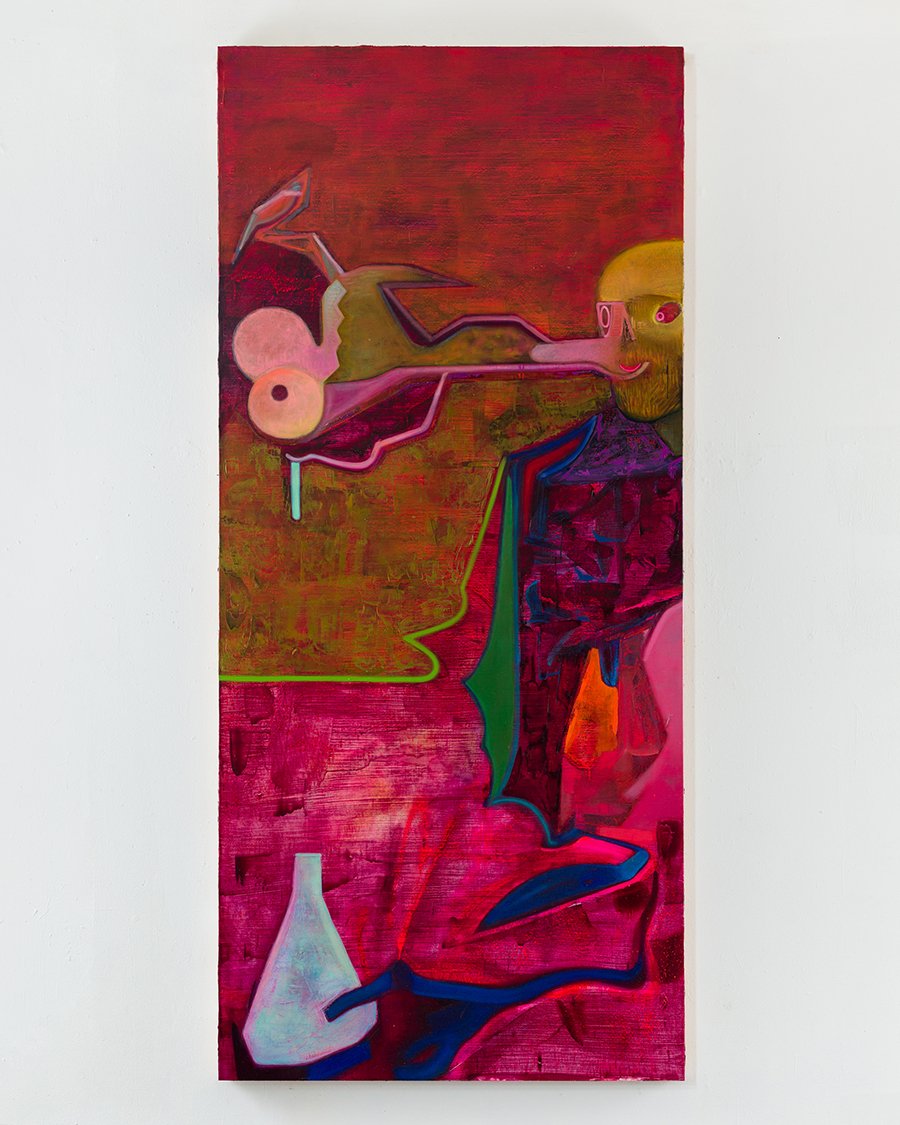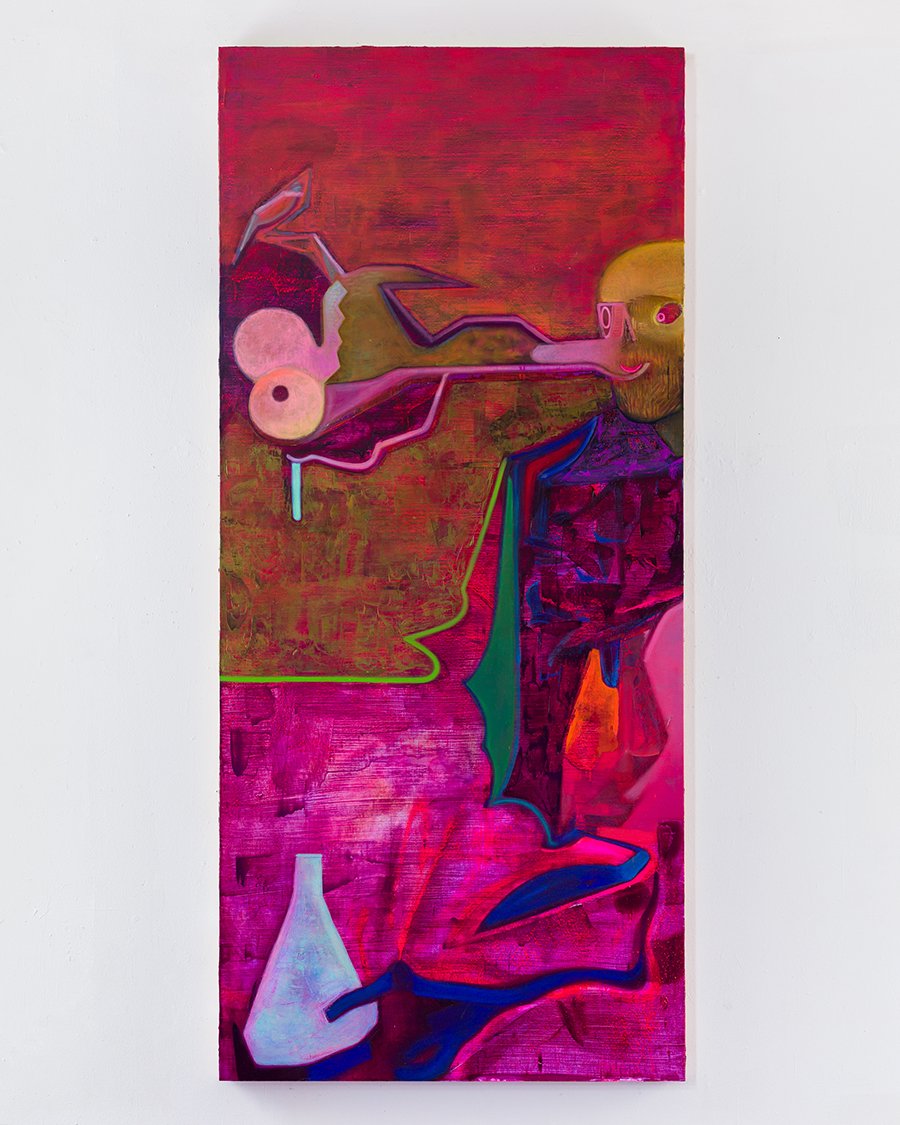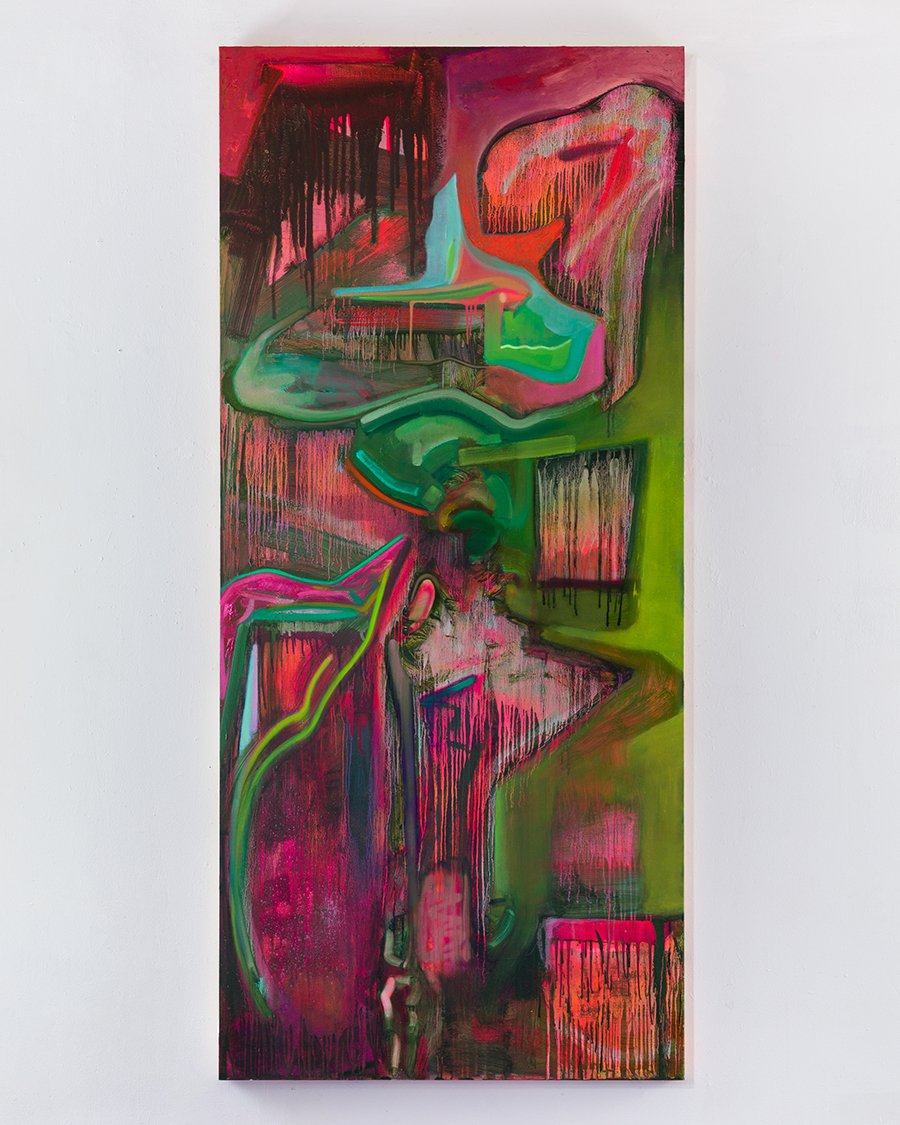Kevin Tobin
Doom Boogie Woogie
September 17, 2022–October 30, 2022
Reception: Saturday September 17, 6–9pm
No one is making paintings that look quite like Kevin Tobinʼs.
This should always be the goal; to try and create artifacts previously unseen by human beings—yet this seems to be an increasingly uncommon goal in this current era of staid figurative painting. Tobin is a time traveling archeologist and disc jockey of disparate styles—digging through the wasteland of art history and his own singular mind.
“That being said,” an expression people use.
Maybe two months before first encountering Tobinʼs painting I was thinking that, amongst all canonical painters of the twentieth century, perhaps the only one no one dared to mimic was Francis Bacon. Baconʼs paintings were too horrifying, too straight-from-the-void unpredicted and unfathomable, too impossible to wrap oneʼs mind around and elaborate on with oneʼs paintbrush wielding hand.
Something in Tobinʼs work reminded me of Bacon. No part of Tobinʼs paintings looked anything like Bacon. Baconʼs paintings depict a certain horror, pregnant with the awareness that human beings are capable of dropping atomic bombs on other human beings. Violent arabesques in both artistʼs work suggest the blossom of Hiroshima; a mushroom cloud is most explicit in Tobinʼs Lovely Day, 2022. There is also a particular gay horror present in Baconʼs paintings which seem to foretell an upcoming plague, and that plague did come, and took many great gay artists. Bacon depicts the space between one horror and another, a sort of dreadful inhalation rendered in colors that can make you either vomit, or thank God that color exists.
This is what I saw in Tobinʼs paintings, not a resemblance to Baconʼs work, but an acidic awareness of what has been, and what will, not may, come next. The uncomfortable and darkly humorous truth that animals of less intelligence and therefore capacity for destruction will likely outlive us. That certain paintings in the exhibition can be viewed under a blacklight, the light used at both nightclubs and at crime scenes, is instructive of Tobinʼs irreverence towards fate.
Of the paintings in the exhibition at Lubov many use the image of a bat; vector of disease and portent of doom— as a point of departure into abstraction— an evolution from the more representational bat paintings featured predominantly in Tobinʼs first exhibition at the gallery. To read Tobinʼs paintings as merely morose or bleak though would be a mistake. Bats are also cute and misunderstood, frightening both white wine loving suburban women and children who have watched too many old cartoons.
These new paintings are an unusually bright vision of apocalypse, figures dancing on a tightrope at the edge of an abyss. Tobin possesses an abundance of eccentric painterly skills from scraping, knifing, glazing, delicate brushwork, and spray painting. He takes risks with the endless possibilities his chosen medium offers, never dropping into failure but occasionally humming in that perfect space between flop and masterpiece—an enviable location for a postmodern painter to exist.
References that avoid being referential can be spotted in square inch sections of paintings throughout the exhibition: Odilon Redon, Gustav Klimt, Joan Mitchell, Ridley Scottʼs Alien (1979), Paul Verhoevenʼs Basic Instinct (1992) as seen through the lens of Lucas Cranach, the haunting self-portraiture of Felix Nussbaum. It is not a stretch to imagine the artist wishing he could have had a mural alongside Jean Michel Basquiat and Keith Haring at the Palladium, if nightclubs of that magnitude still existed in New York.
On my last visit to Tobinʼs studio, he showed me the materials he worked with. The way he synthesized them was foreign to me. The two largest paintings, Miasma [Splitting], 2021-2022 and Miasma [Projection], 2021-2022 are made with oil stick, oil paint, spray paint, flashe, and cold wax on two household doors hinged to create one surface. In sections of these large diptychs, some areas connect—a spray painted line from the left panel is carried into the right. In other sections, shapes and colors end abruptly at the seam. Harmony exists next to discord, the paintings invite one to enter before asking one to leave.
These two largest paintings seem to best represent Tobinʼs promiscuous range of techniques and willingness to obliterate the figure in the service of abstract dynamism, humor and pathos. Great beauty is present but so is a kind of garish, suspiciously inviting horror. Cognitive dissonance is an overused phrase; it exists to some extent in this work but it is all more seductive than it is disconcerting.
One of the best reactions I could ever have is to envy the maker or writer of something I've seen or read. I envy Tobinʼs commitment to painting. I envy the way he makes labor look effortless and complexity look simple. I envy his fearlessness, and I envy his fearsome talent.
When I asked about the title of the exhibition, he told me, in reference to the Piet Mondrian painting Victory Boogie Woogie, 1944, that heʼd simply tried imagining the opposite of victory:
“Doom, of course,” he said, and then he laughed.
—Brad Phillips, September 2022.
Kevin Tobin (b. 1989, Canada) lives and works in Brooklyn, NY. He received a BFA from the College for Creative Studies in Detroit, MI in 2011. Recent exhibitions include Rainbow Body Problem, No Gallery, NY (2022); NADA Miami with Lubov, Miami (2021); Open Circle. Small World, Fragment Gallery, Moscow (2021); Wild Frontiers, The Pit, Los Angeles (2021); Always Fresh, New York (2021); All by Myself, Lubov, New York (2021).
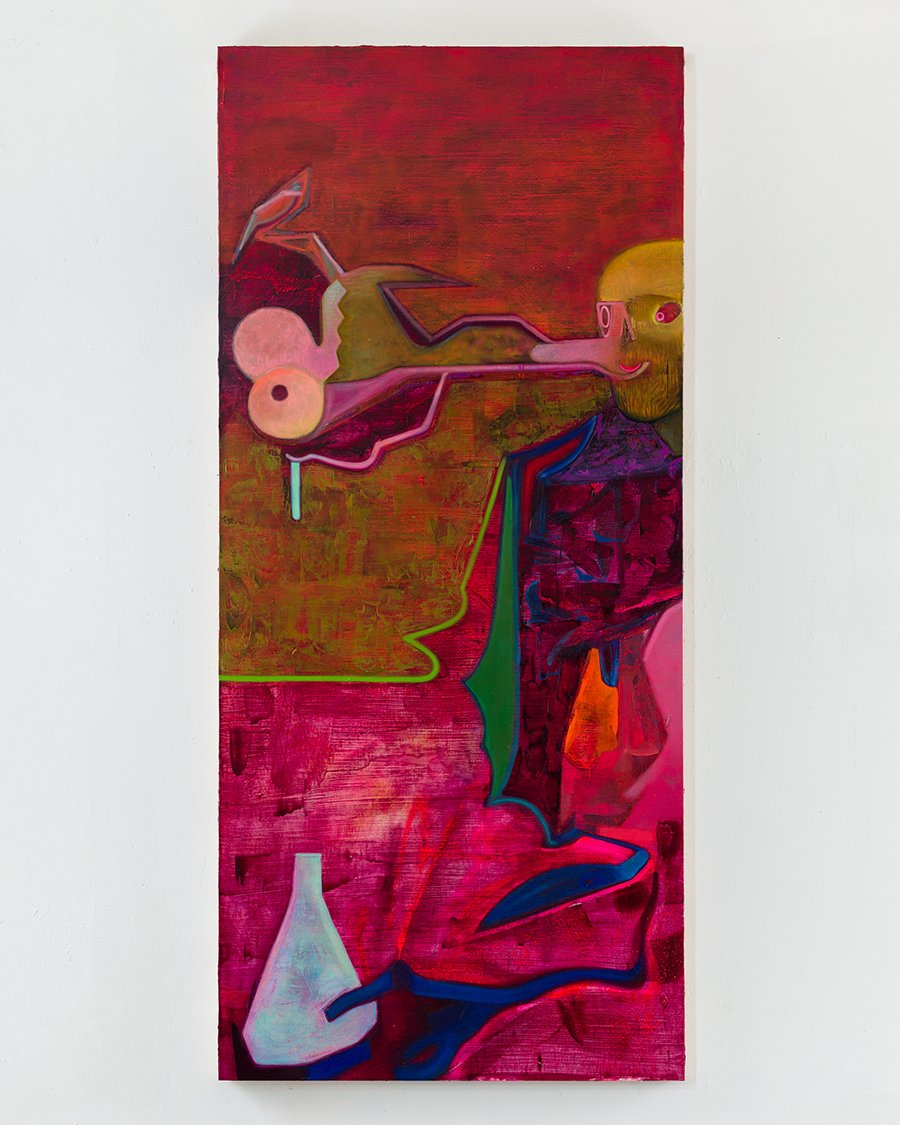
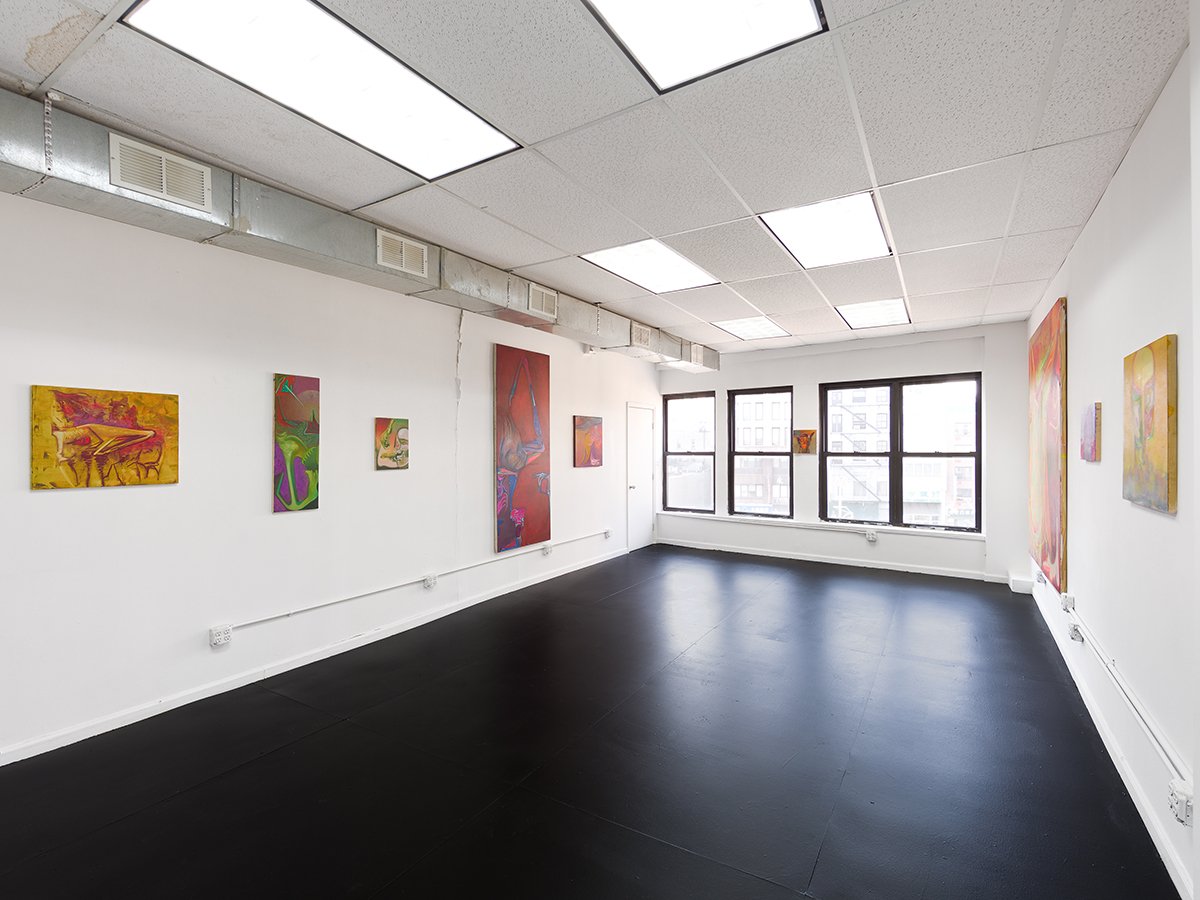
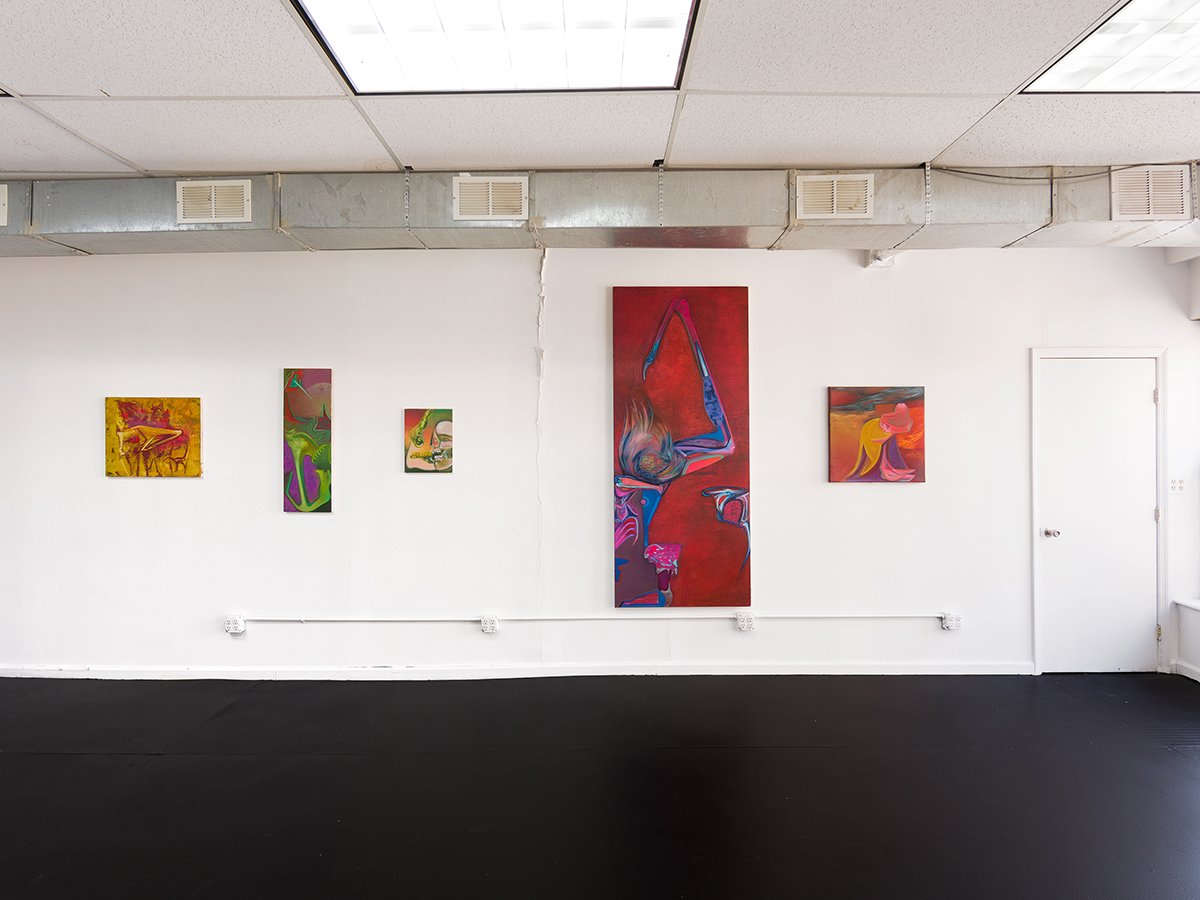
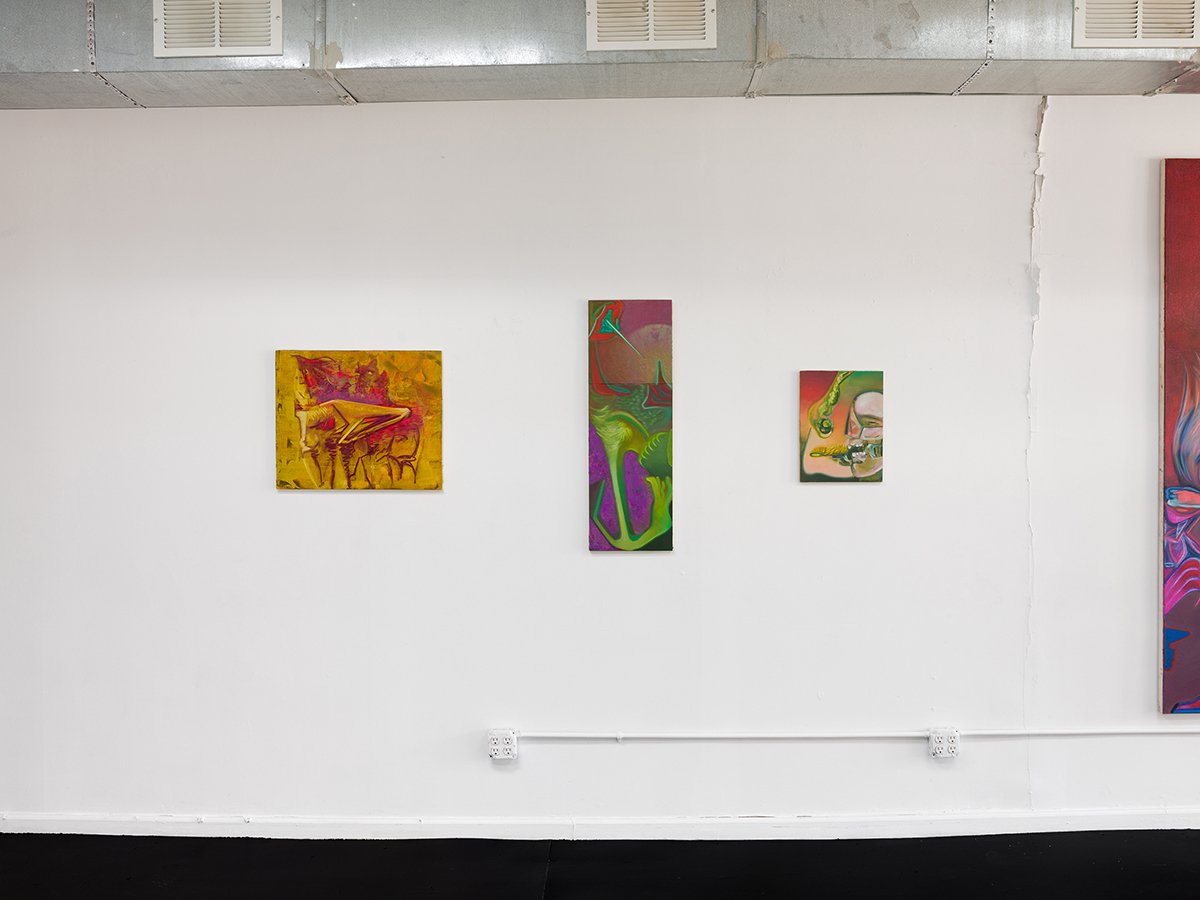
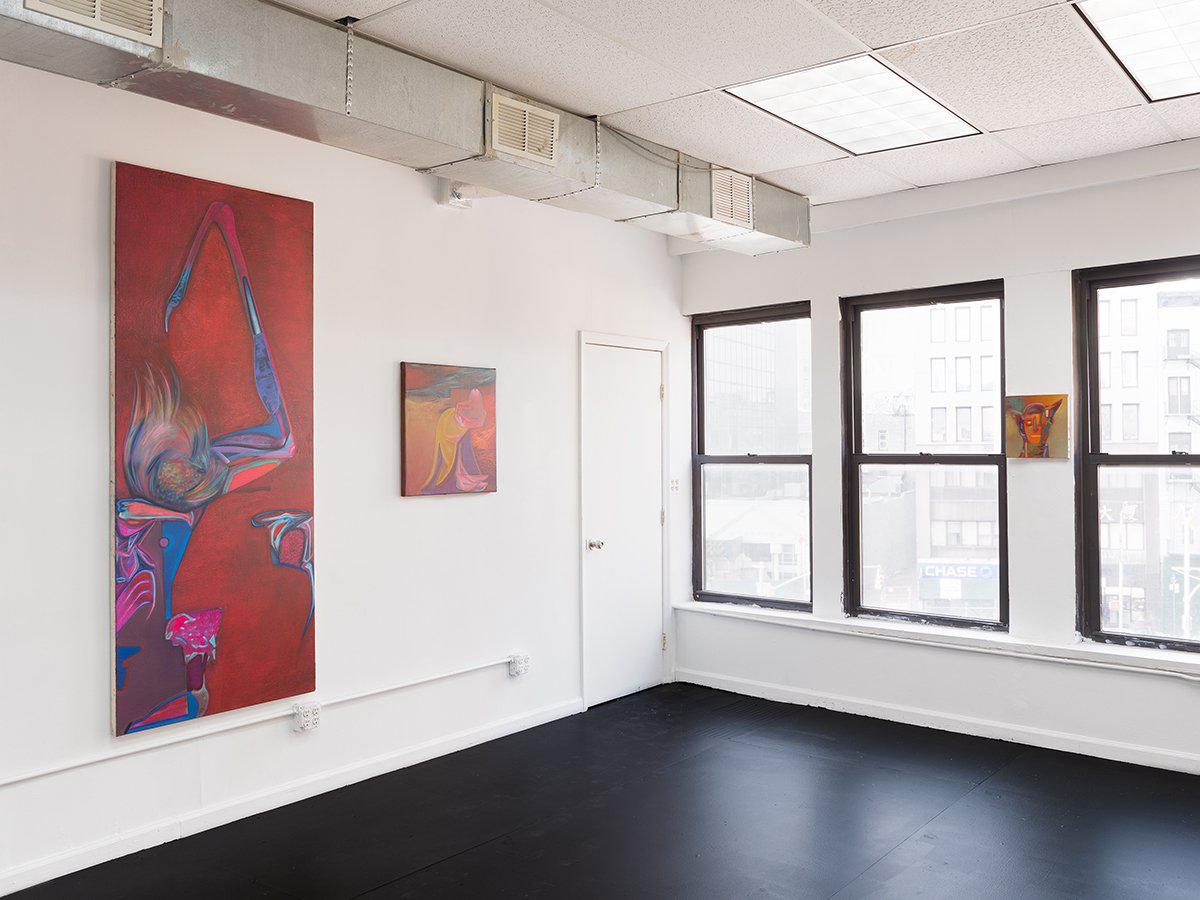
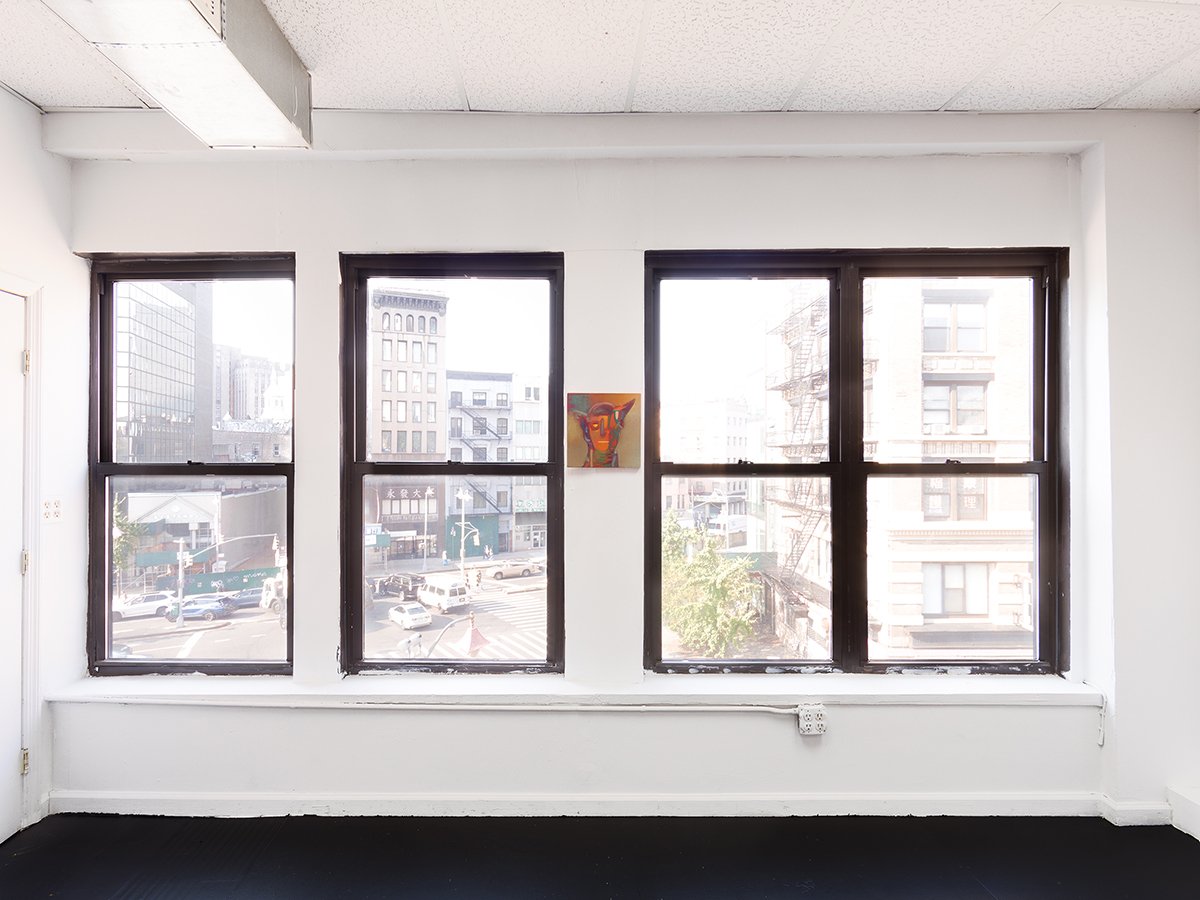
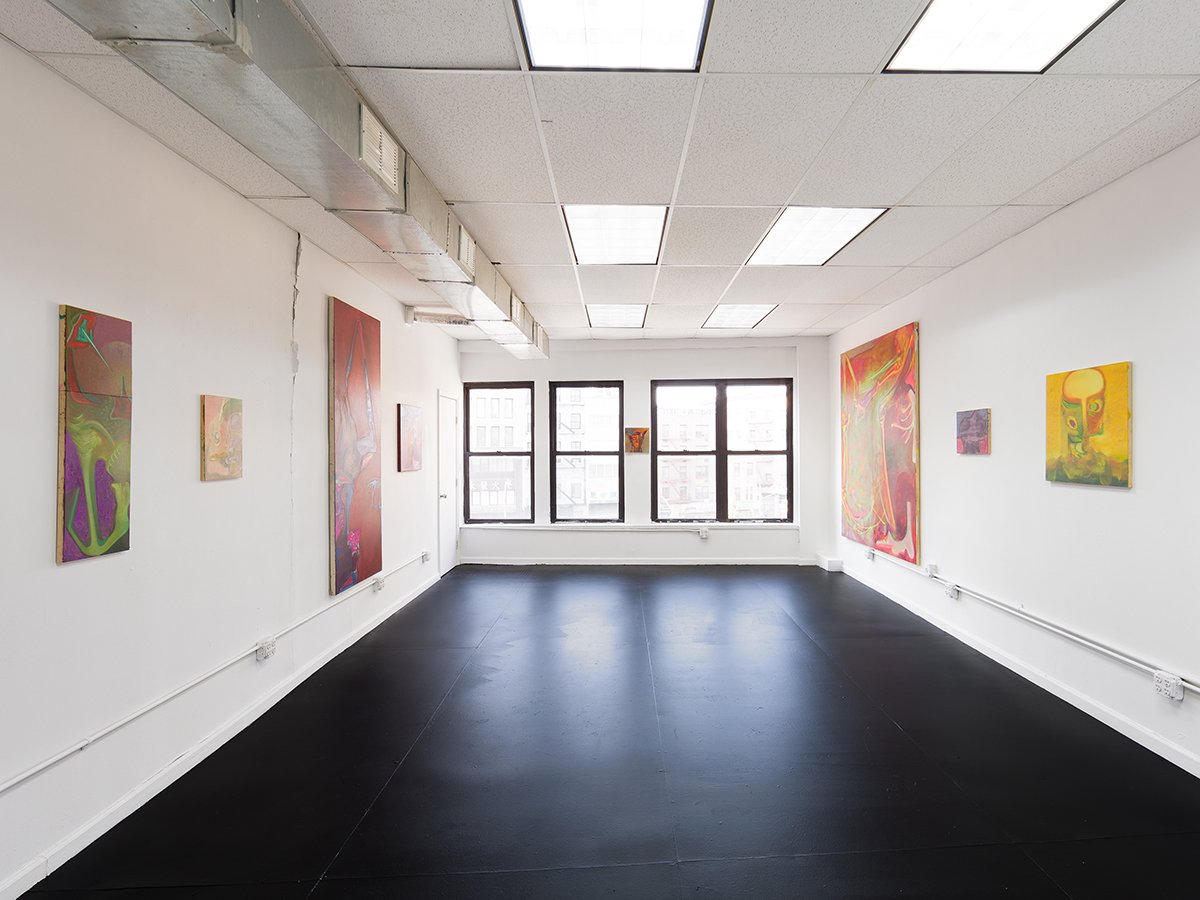
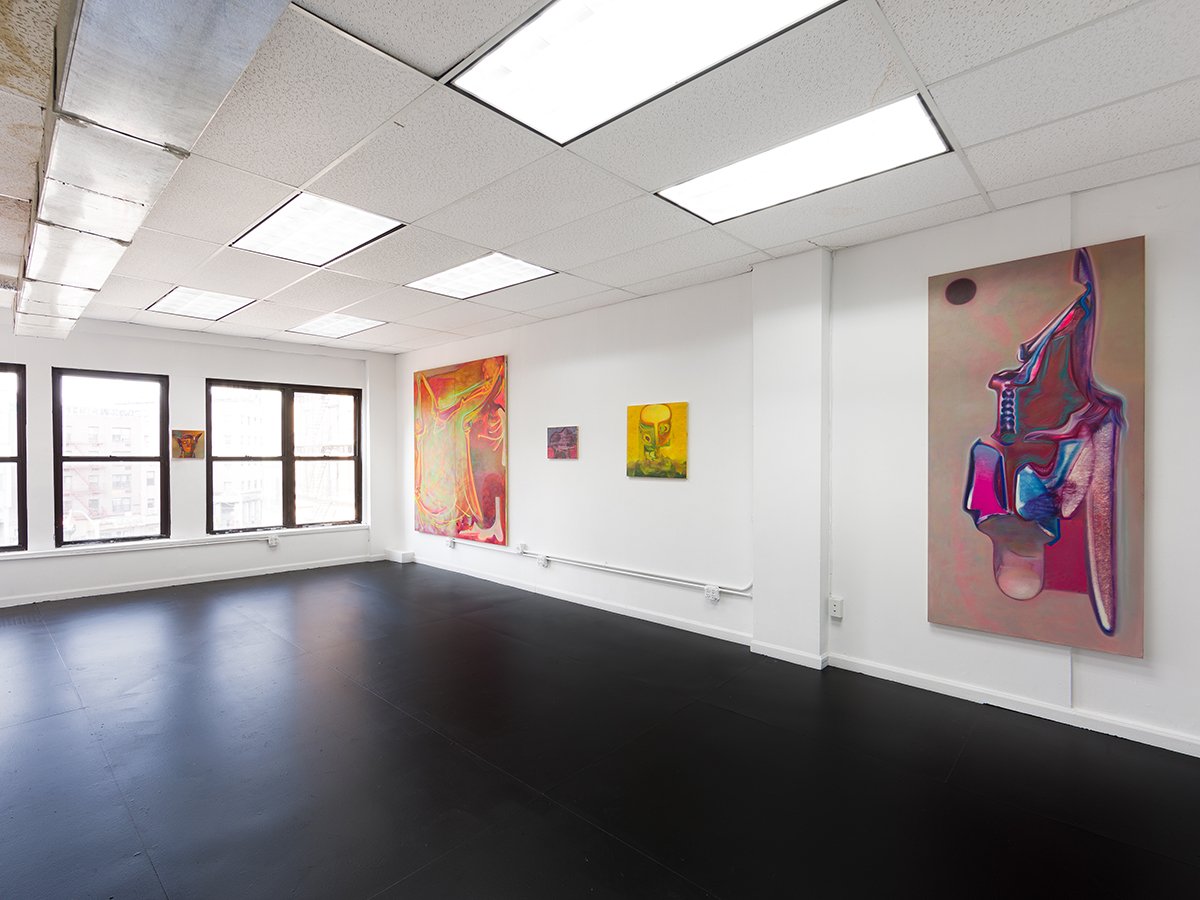
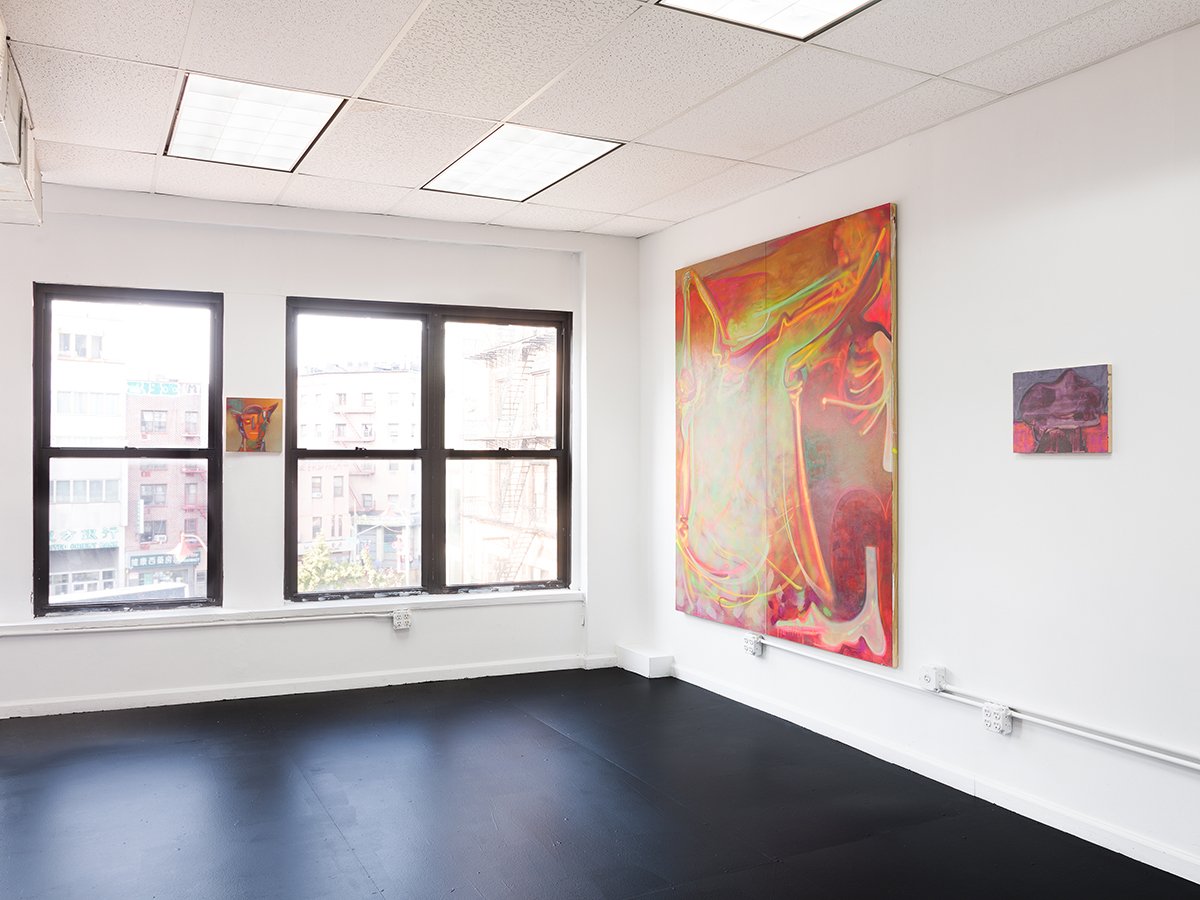
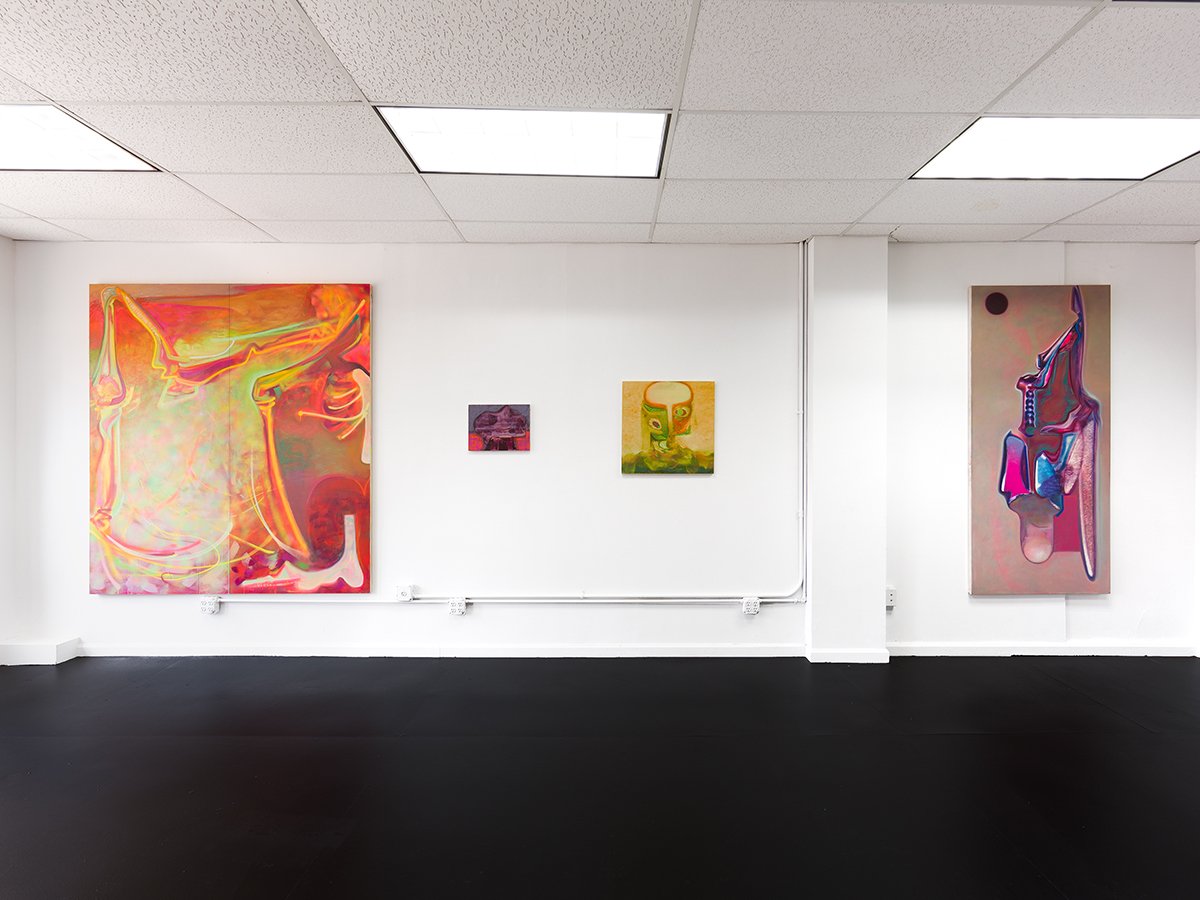
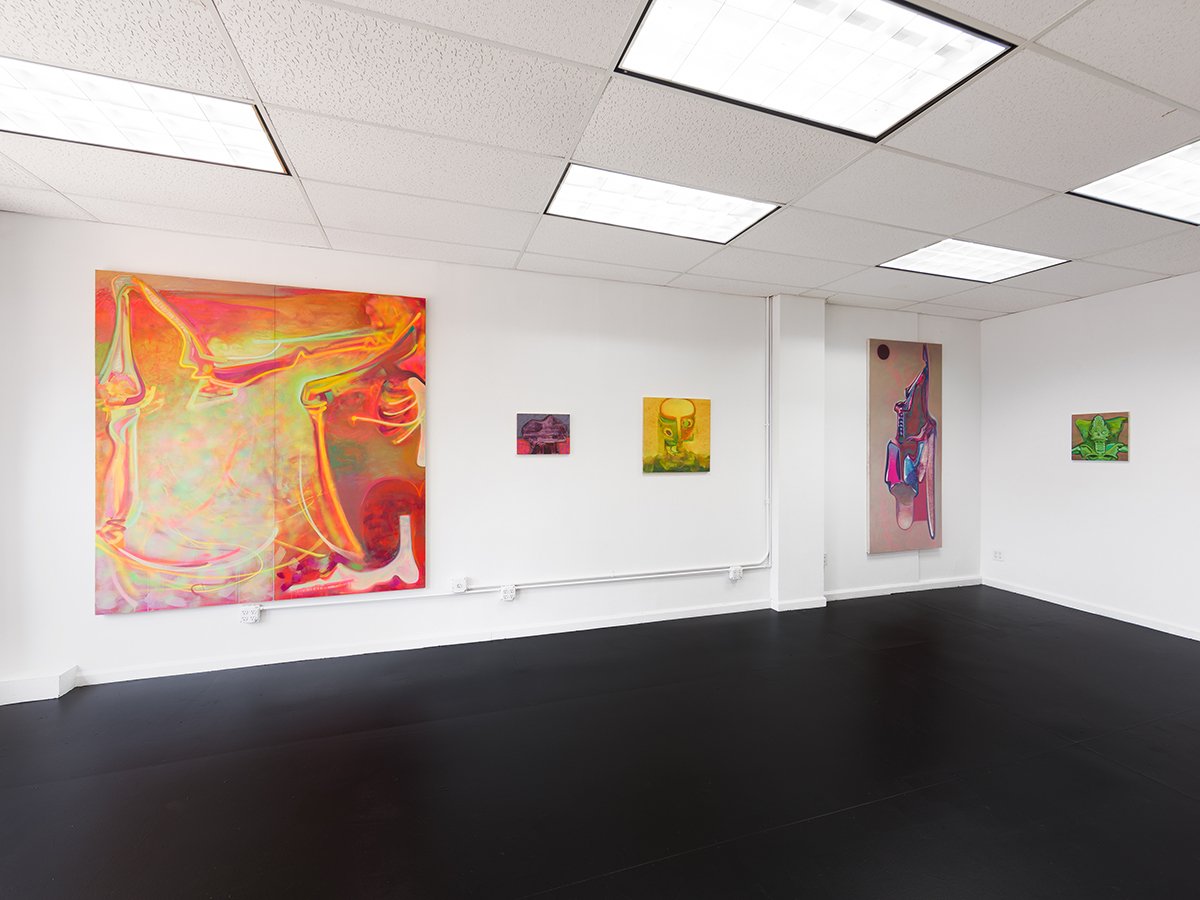
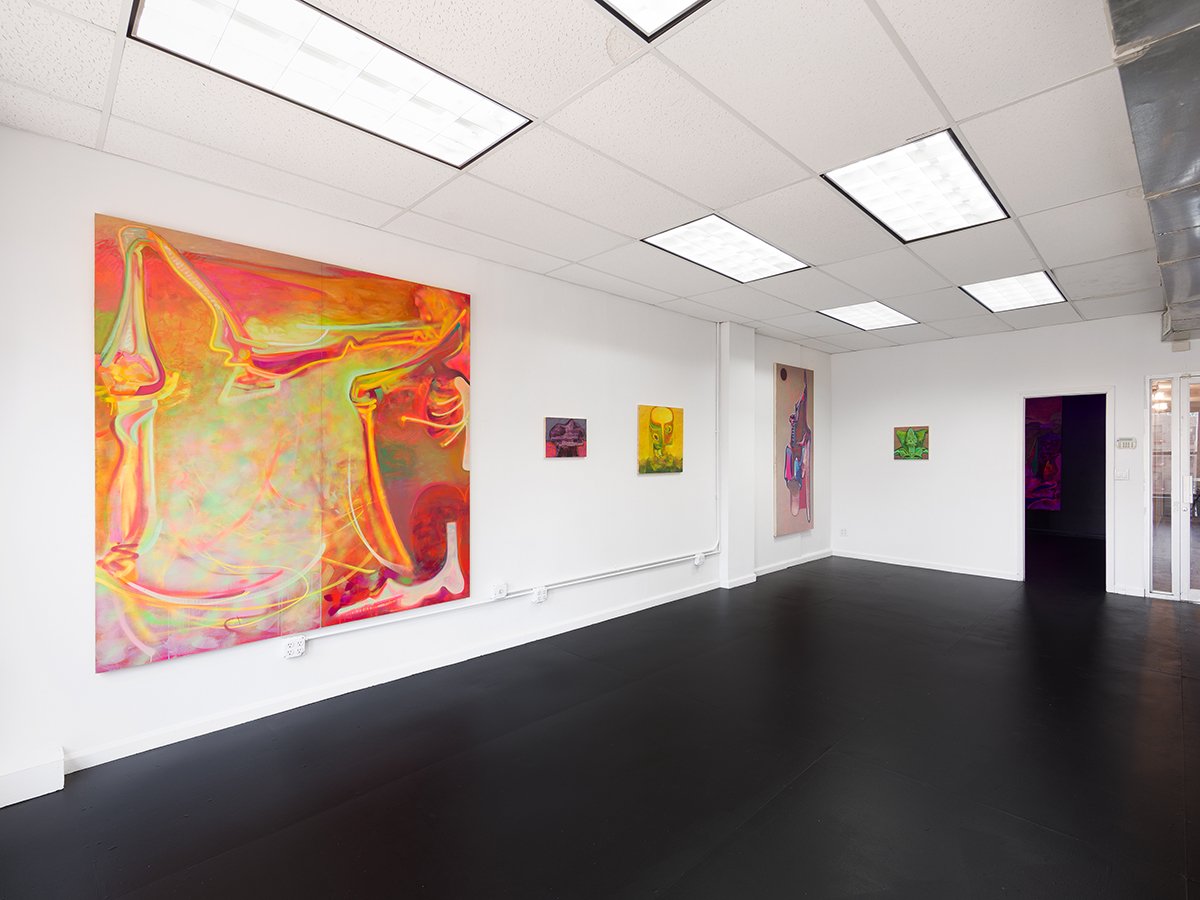
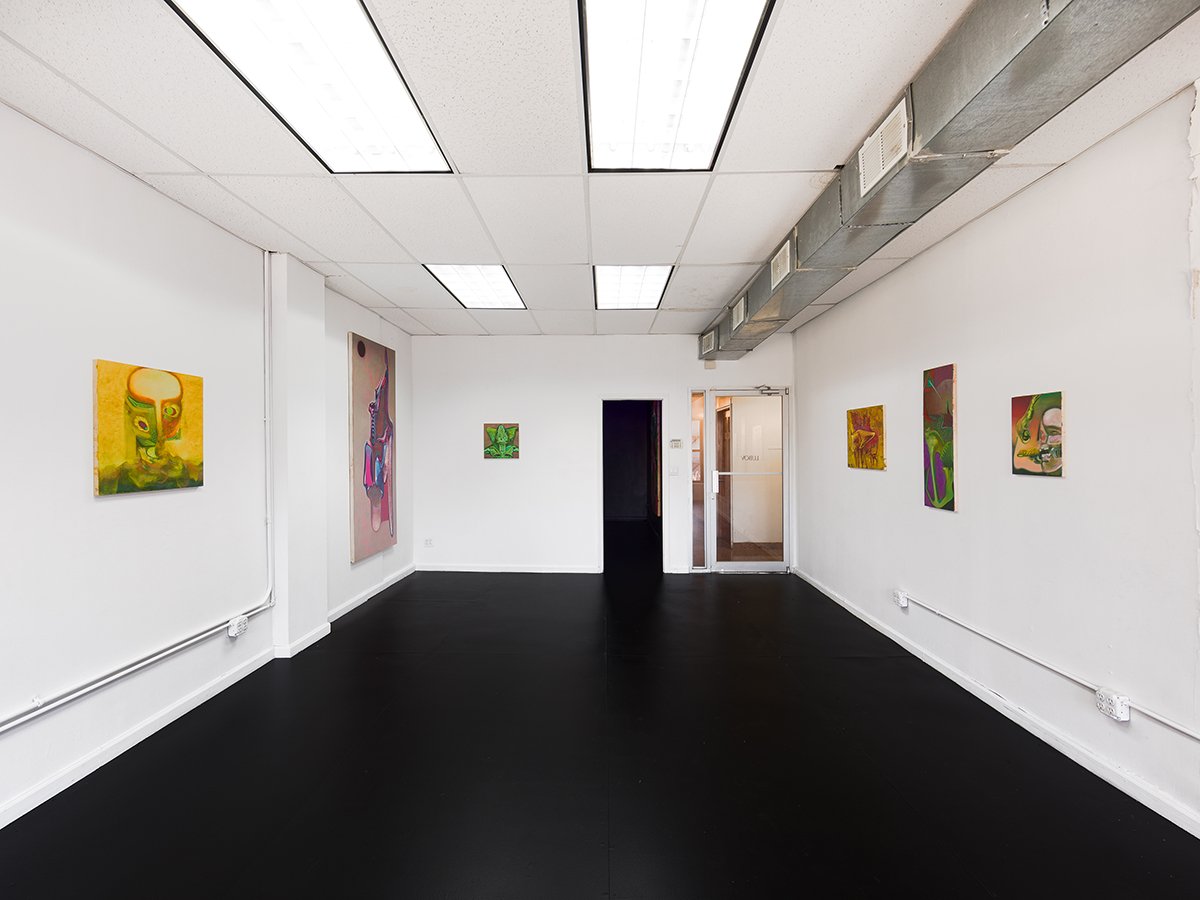
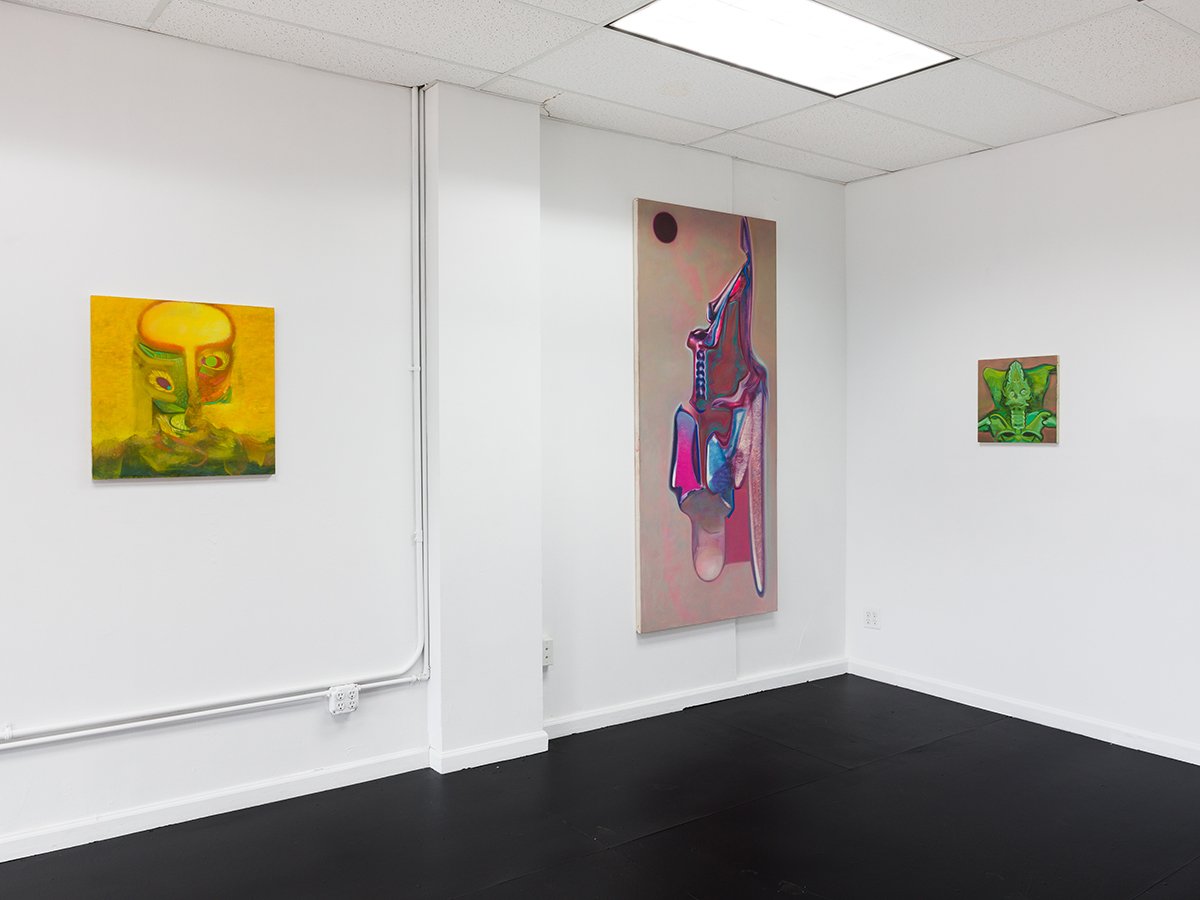
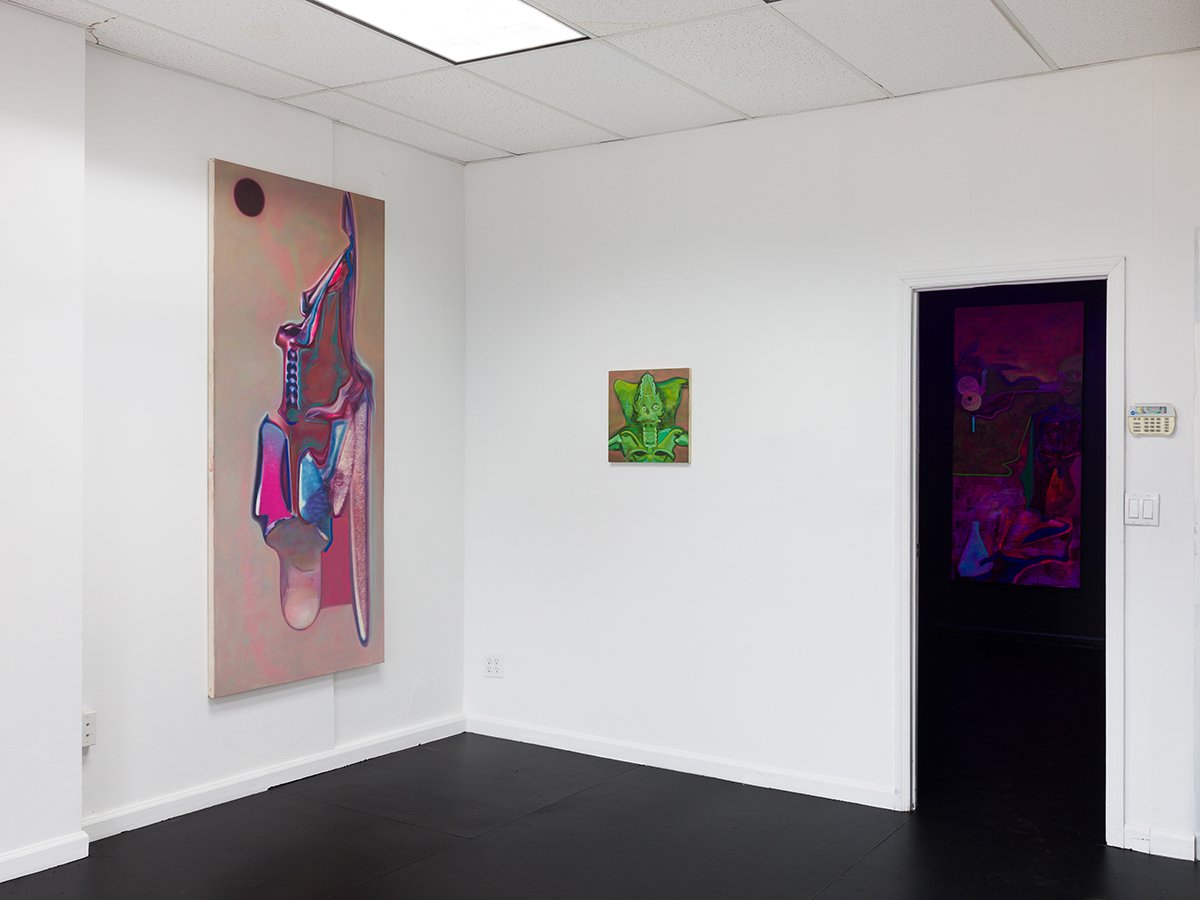
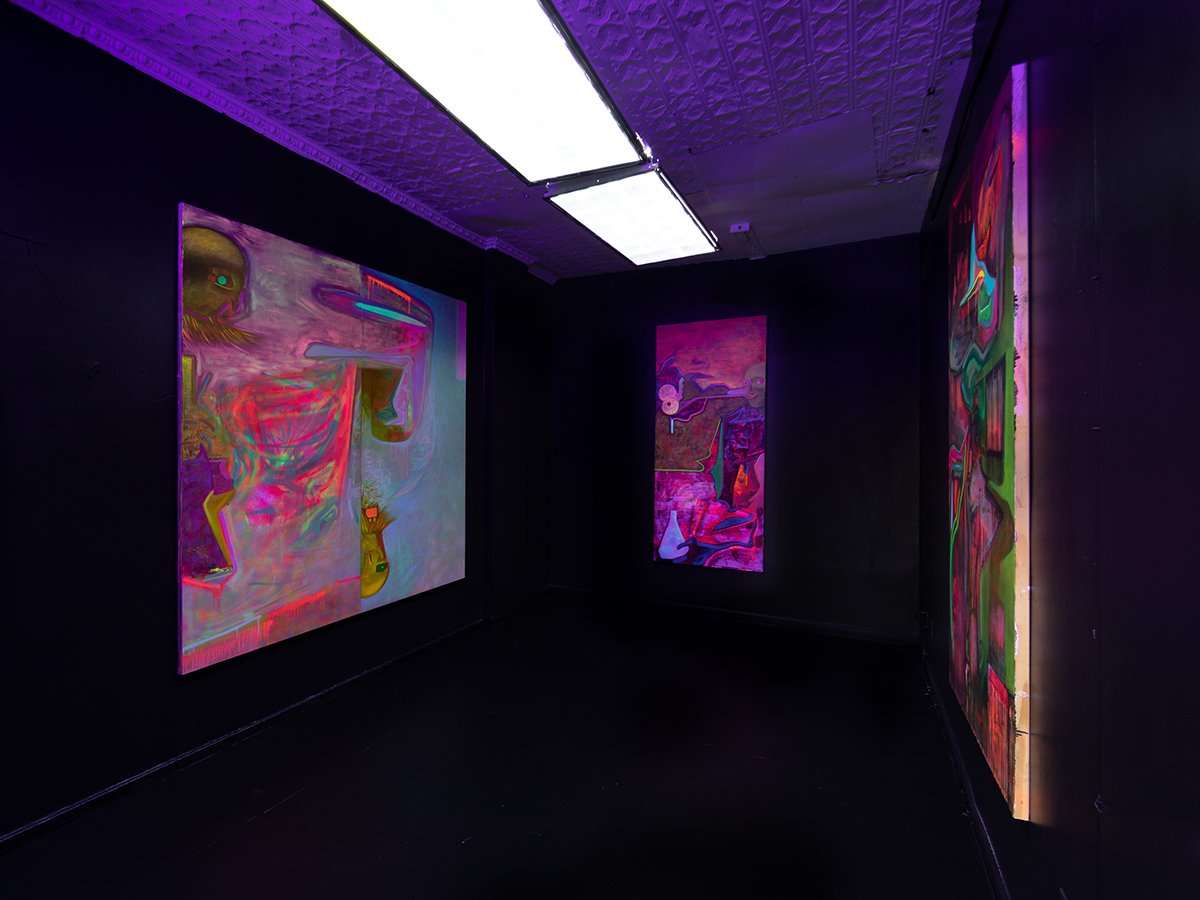
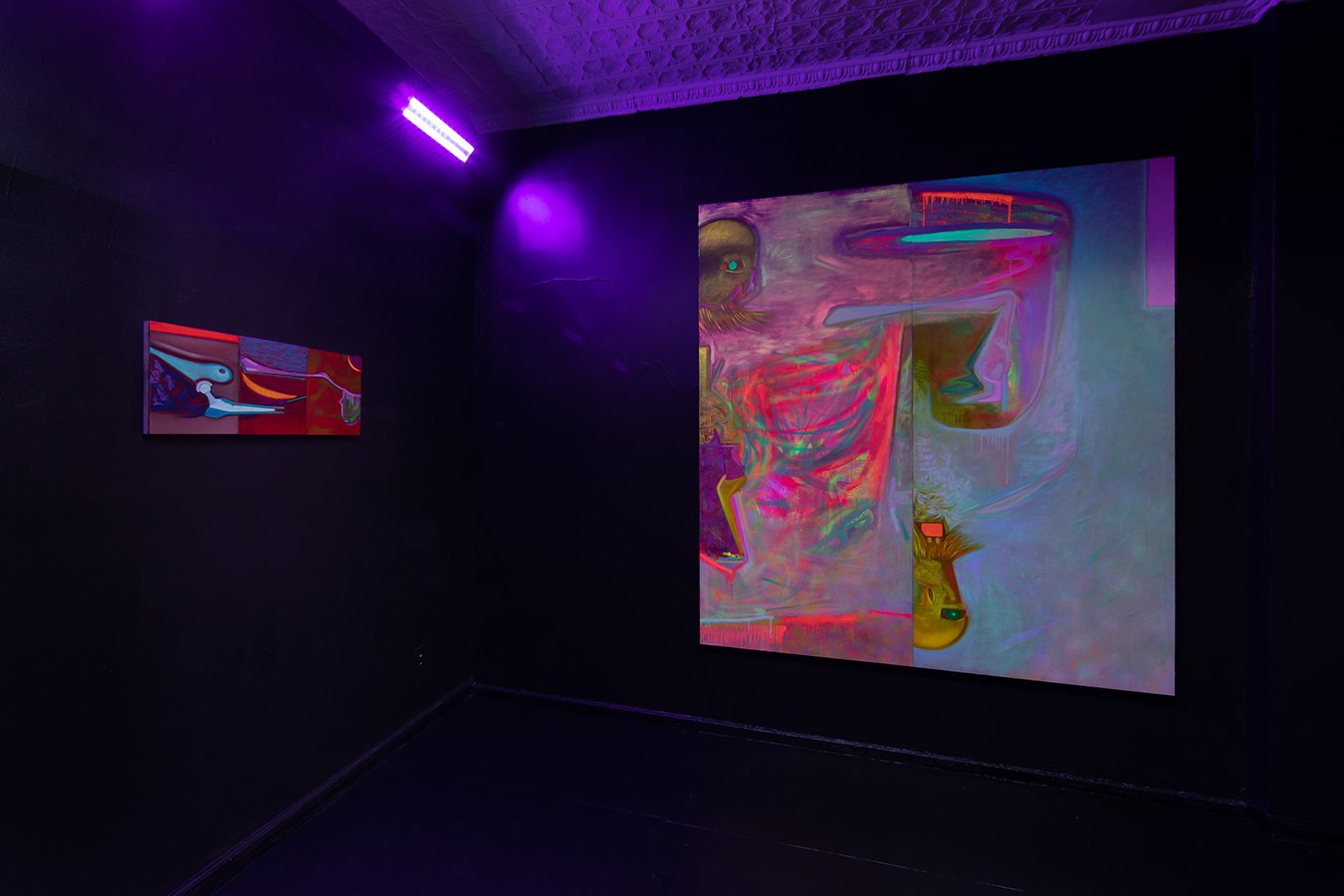

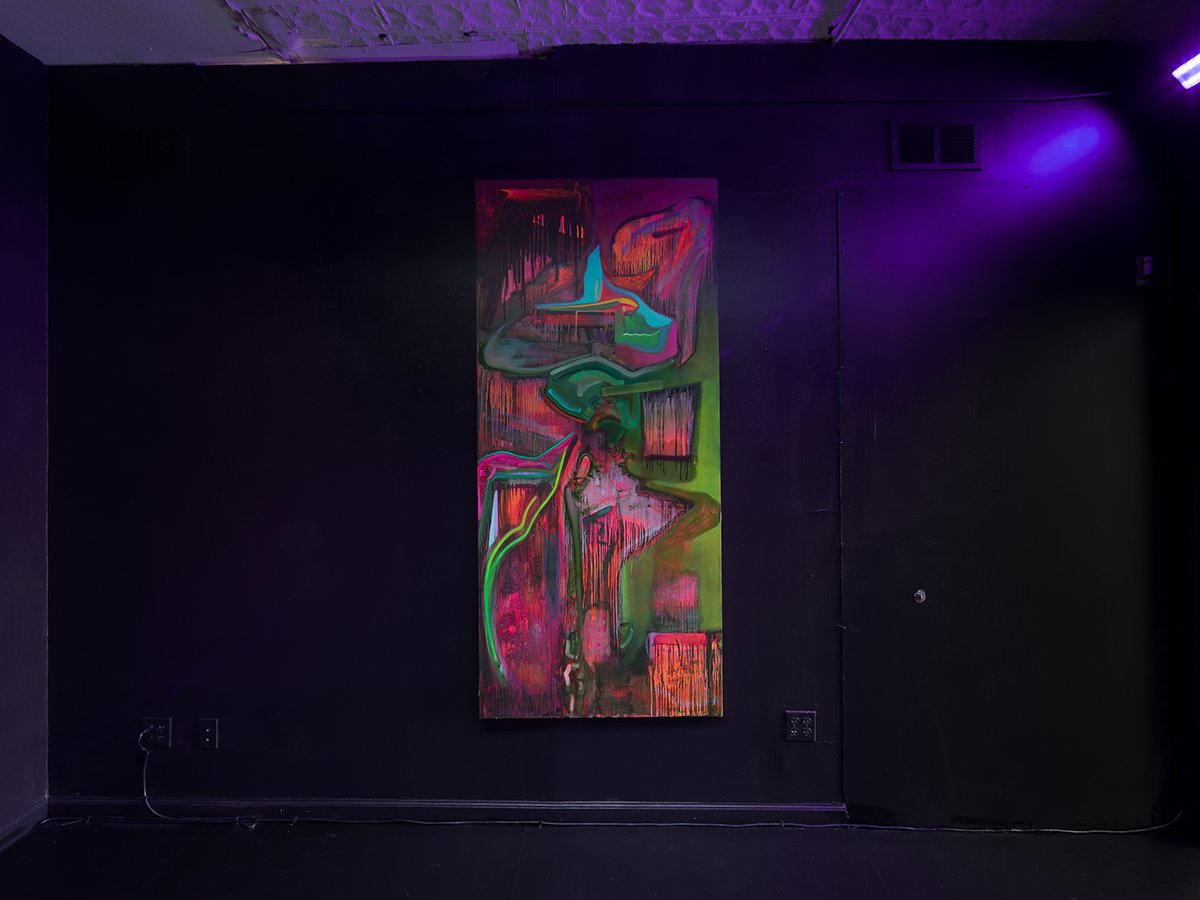
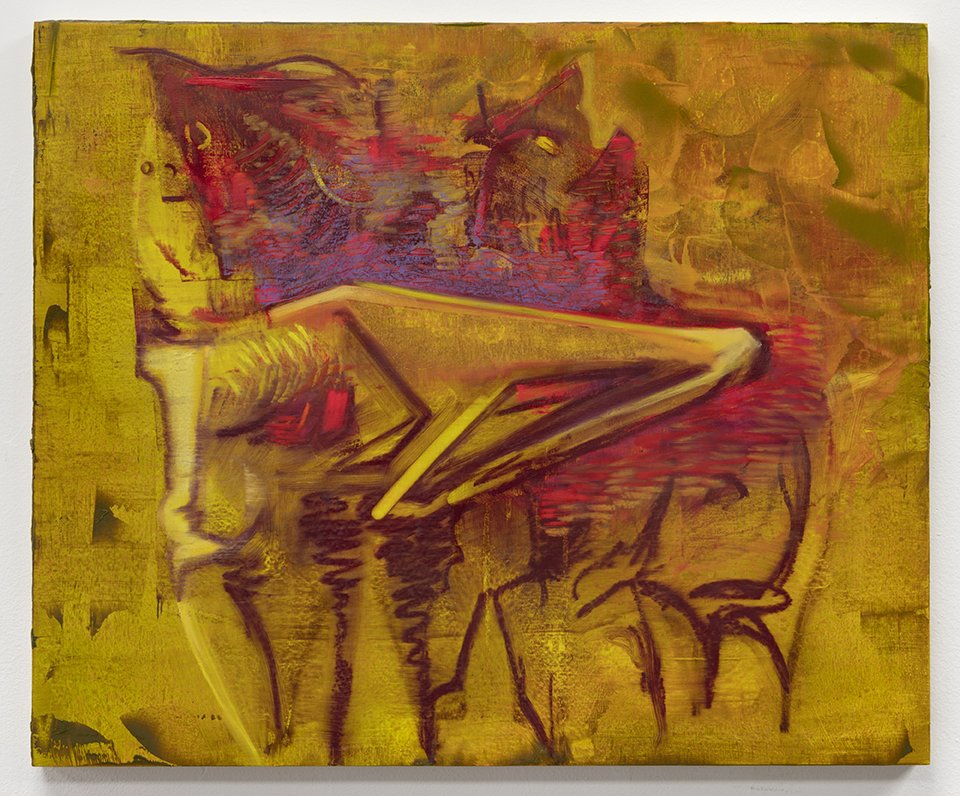
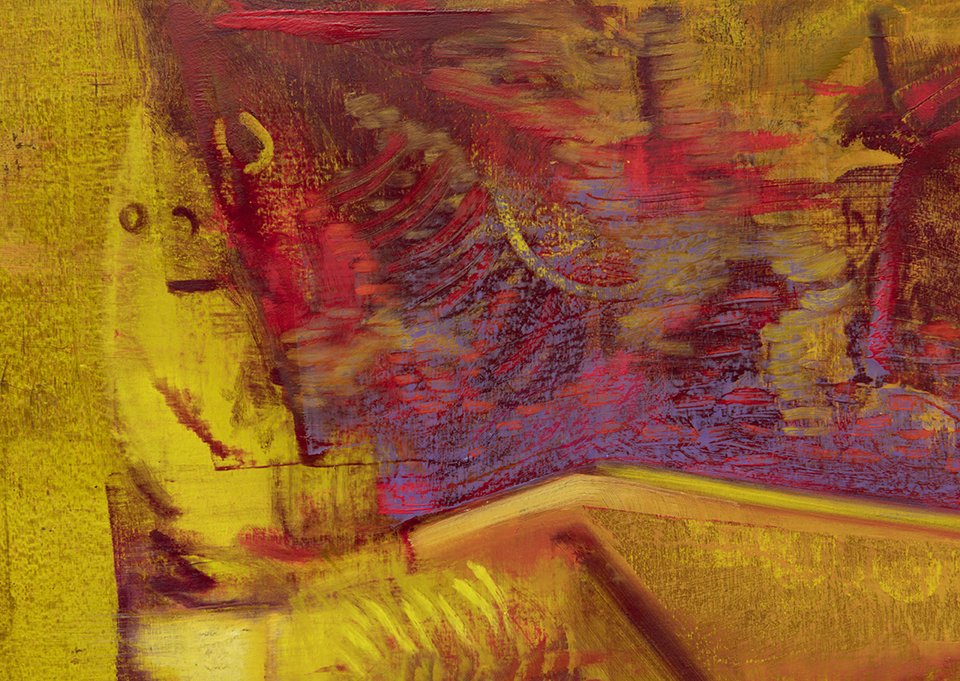
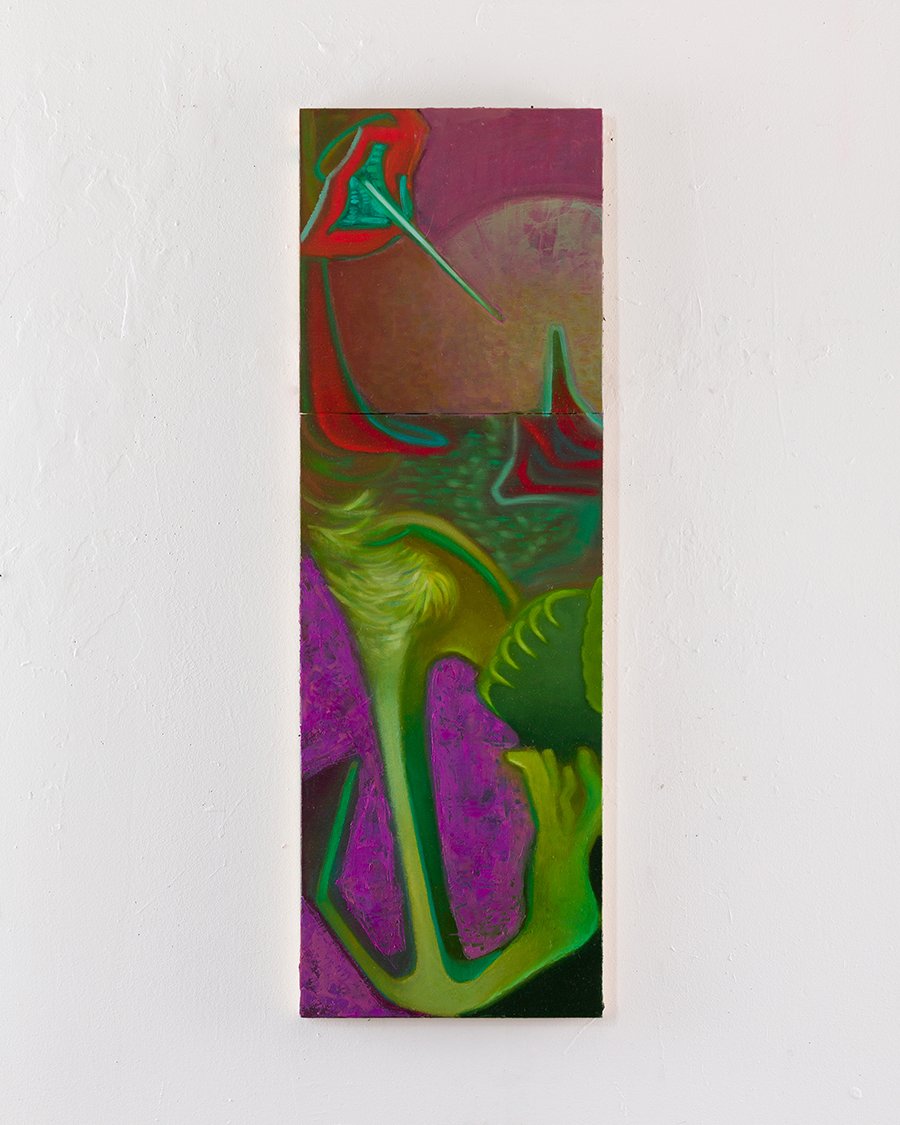
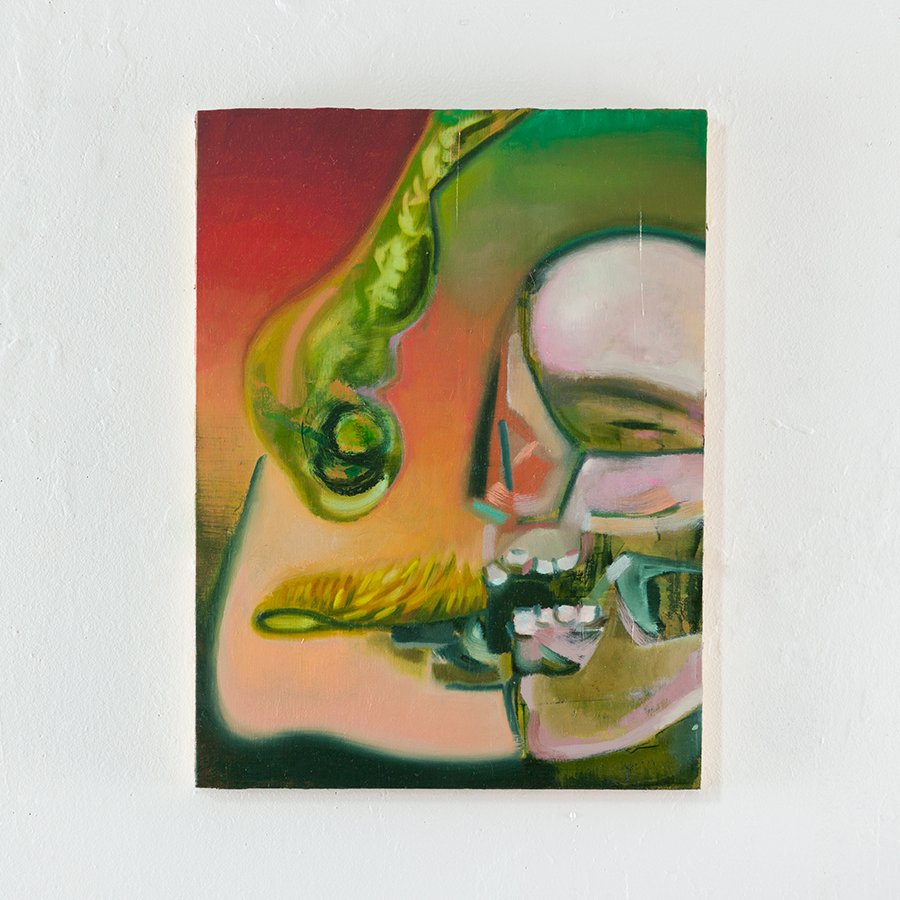
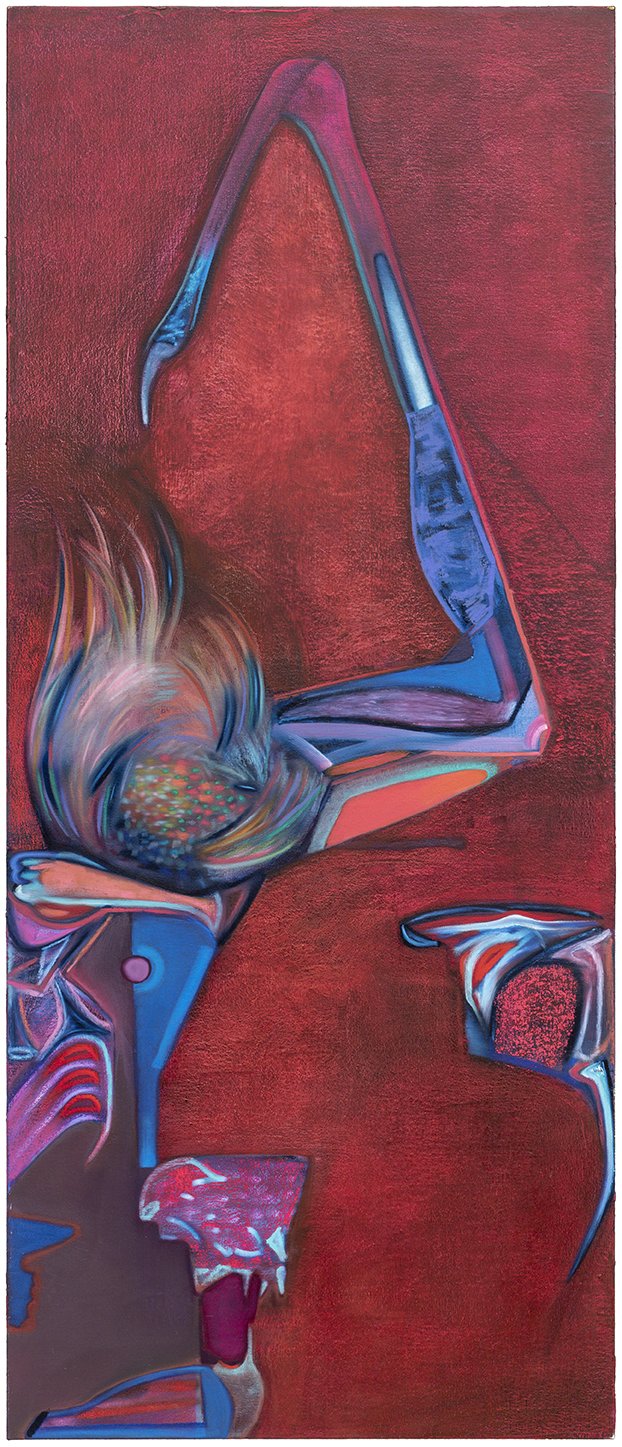

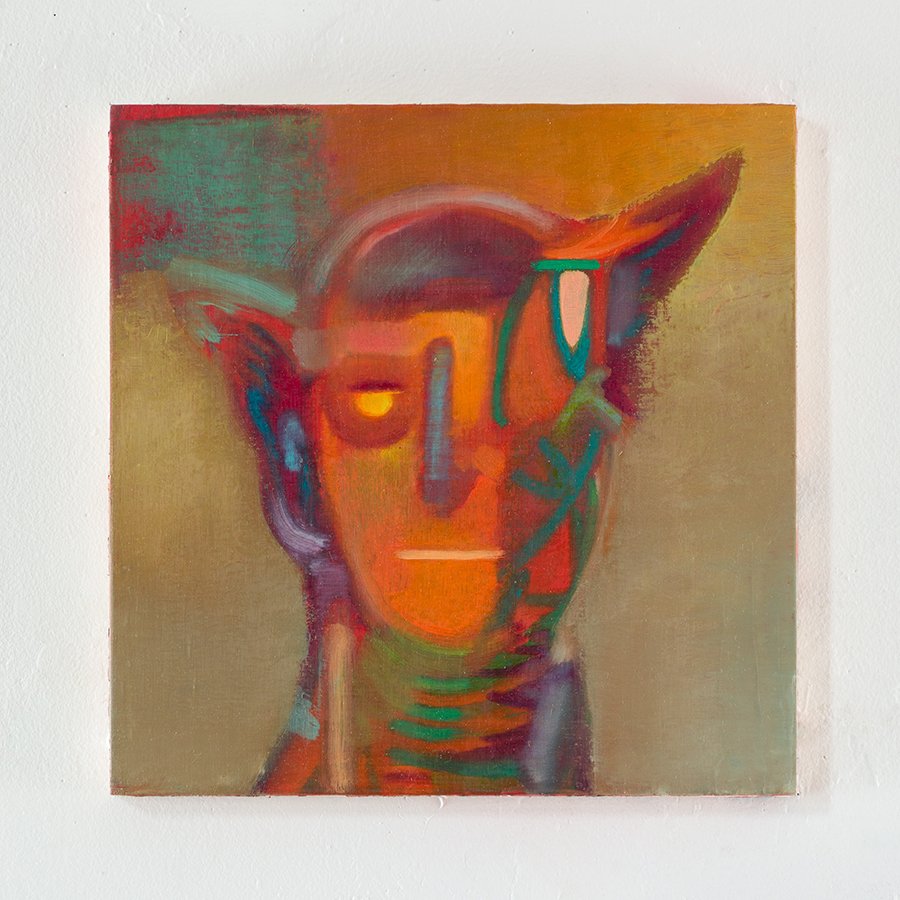
![Miasma [Projection], 2021-2022. Oil, flashe, spray paint and wax on hollow core doors. 80 x 72 inches.](https://images.squarespace-cdn.com/content/v1/5a5f7a366f4ca3fbe2730f13/1664048752265-DI7ZGBA7QXCABU06EM7U/Doom+Boogie+Woogie-26-Miasma+%5BProjection%5D.jpg)
![Miasma [Projection] (detail) , 2021-2022. Oil, flashe, spray paint and wax on hollow core doors. 80 x 72 inches.](https://images.squarespace-cdn.com/content/v1/5a5f7a366f4ca3fbe2730f13/1664048754496-IDZ7YUCVTA6DGU9BHQ77/Doom+Boogie+Woogie-27-Miasma+%5BProjection%5D+detail.jpg)
![Miasma [Projection] (detail) , 2021-2022. Oil, flashe, spray paint and wax on hollow core doors. 80 x 72 inches.](https://images.squarespace-cdn.com/content/v1/5a5f7a366f4ca3fbe2730f13/1664048754622-EWVS7QO9ASRT5OGAZJCZ/Doom+Boogie+Woogie-28-Miasma+%5BProjection%5D+detail.jpg)
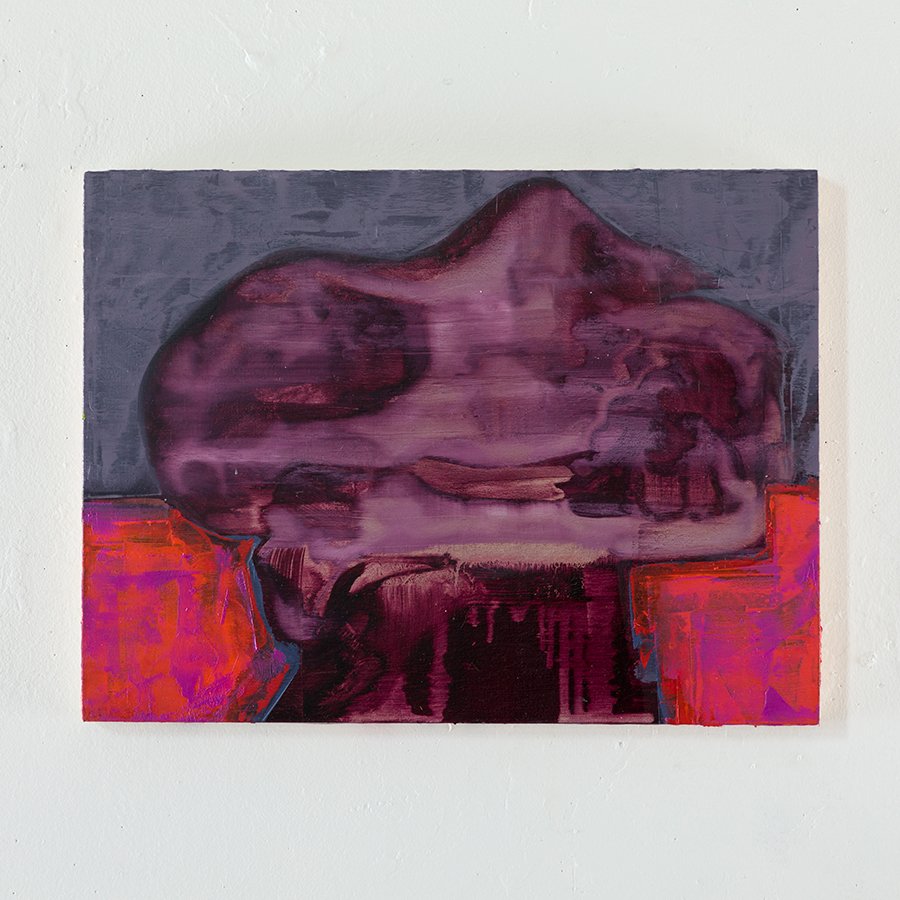
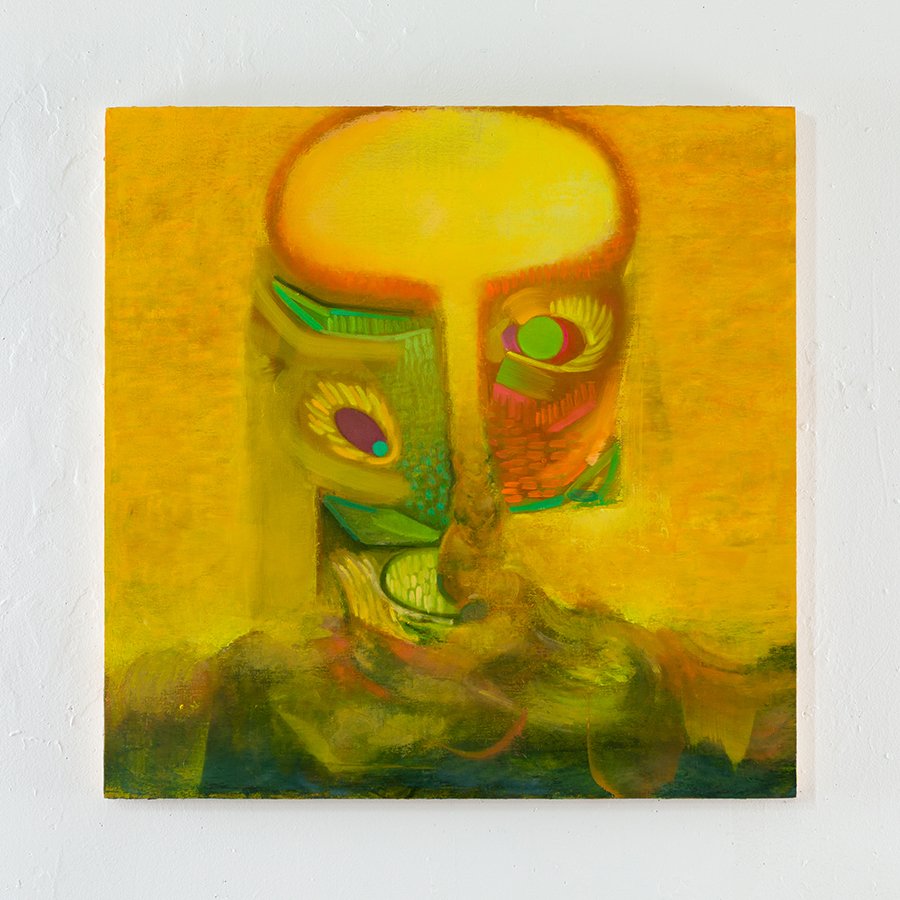

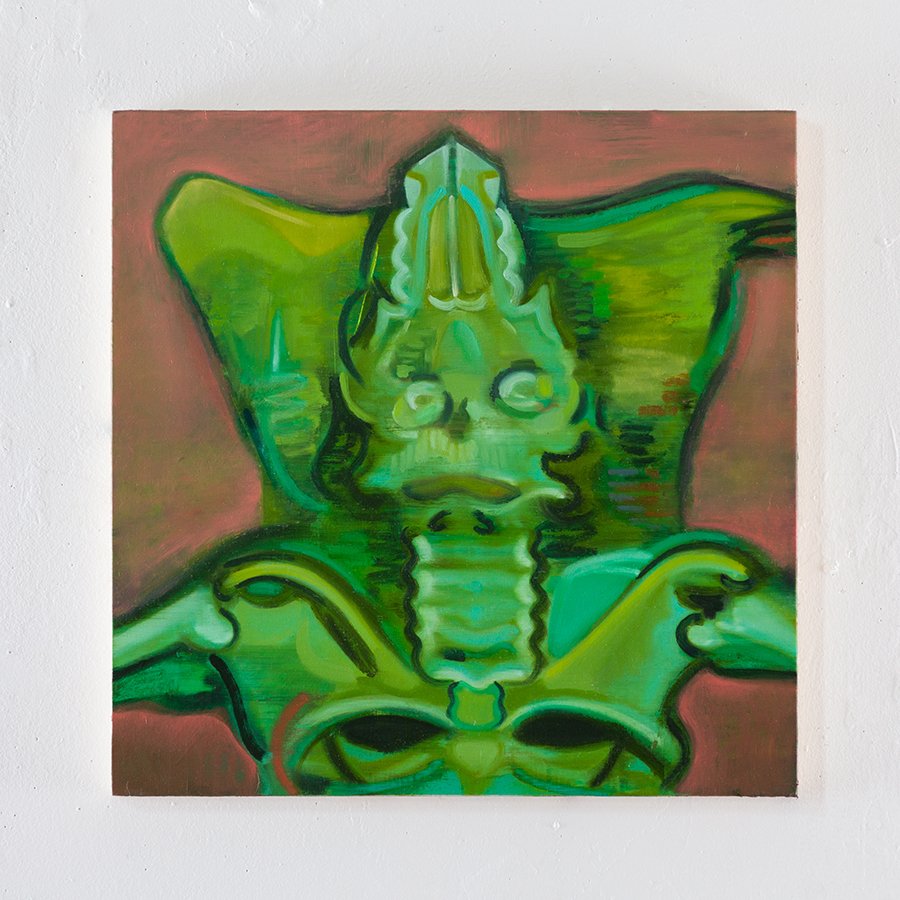
![Bat Legs [Hip-Replacement], 2022. Oil on canvas. 12 x 27 inches.](https://images.squarespace-cdn.com/content/v1/5a5f7a366f4ca3fbe2730f13/1664048758393-JG5DS30GUMH7O4676NJA/Doom+Boogie+Woogie-33-Bat+Legs+%5BHip-Replacement%5D.jpg)
![Miasma [Splitting], 2021-2022. Oil, flashe, spray paint and wax on hollow core doors. 80 x 72 inches.](https://images.squarespace-cdn.com/content/v1/5a5f7a366f4ca3fbe2730f13/1664048759134-GJK9Y9H5XM675WHKIUOI/Doom+Boogie+Woogie-34-Miasma+%5BSplitting%5D.jpg)
![Miasma [Splitting] (under blacklight) , 2021-2022. Oil, flashe, spray paint and wax on hollow core doors. 80 x 72 inches.](https://images.squarespace-cdn.com/content/v1/5a5f7a366f4ca3fbe2730f13/1664048759787-VVWD6GOQN26U6707V9BR/Doom+Boogie+Woogie-35-Miasma+%5BSplitting%5D+UV+light.jpg)
![Miasma [Splitting] (detail) , 2021-2022. Oil, flashe, spray paint and wax on hollow core doors. 80 x 72 inches.](https://images.squarespace-cdn.com/content/v1/5a5f7a366f4ca3fbe2730f13/1664048760944-XQ75UR71UQ81IP8II7JE/Doom+Boogie+Woogie-36-Miasma+%5BSplitting%5D+detail.jpg)
![Miasma [Splitting] (detail) , 2021-2022. Oil, flashe, spray paint and wax on hollow core doors. 80 x 72 inches.](https://images.squarespace-cdn.com/content/v1/5a5f7a366f4ca3fbe2730f13/1664048761414-ELW2DI9SFDA84LPCUSJZ/Doom+Boogie+Woogie-37-Miasma+%5BSplitting%5D+detail.jpg)
![Miasma [Splitting] (detail) , 2021-2022. Oil, flashe, spray paint and wax on hollow core doors. 80 x 72 inches.](https://images.squarespace-cdn.com/content/v1/5a5f7a366f4ca3fbe2730f13/1664048762241-Z5WZ6JZL9AH5YUMY5DHO/Doom+Boogie+Woogie-38-Miasma+%5BSplitting%5D+detail.jpg)
